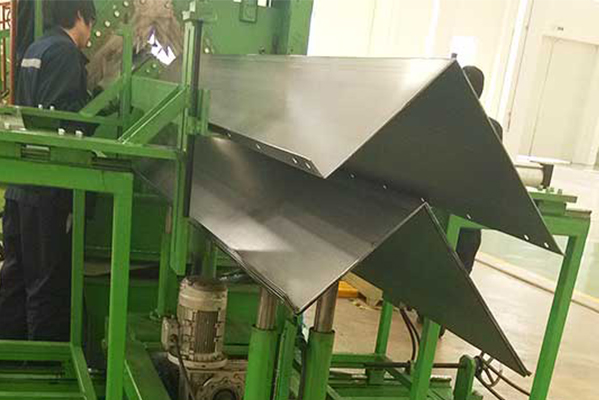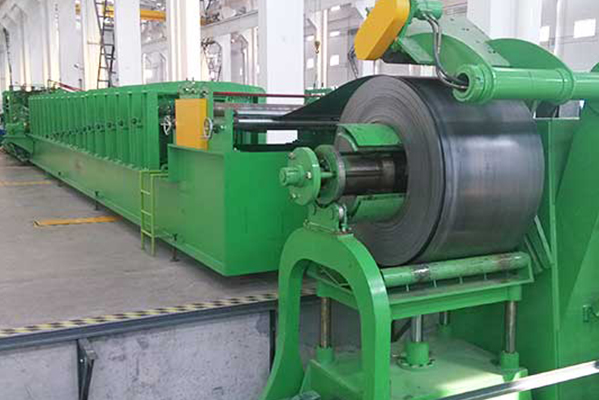Navigation Menu
Contact Us
- Email:
- info@wxavatar.com
- Address:
- Yurong Village, Yuqi Street, Huishan District, Wuxi, China.
Release Date:Oct 25, 2024 Visit:178 Source:ROLL FORMING MACHINES LTD
In the realm of metal forming, technological advancements have been steadily transforming the capabilities and efficiency of roll forming machines. A leading supplier in this industry has recently introduced a series of innovative features and enhancements that are setting new benchmarks in the field. These advancements not only improve the precision and speed of roll forming processes but also offer greater flexibility and cost-effectiveness for manufacturers.

One of the most notable technological advancements is the integration of advanced control systems in roll forming machines. These systems utilize state-of-the-art sensors and algorithms to monitor and adjust machine parameters in real-time. This ensures that the forming process remains consistent and accurate, even when dealing with variations in material thickness or hardness. The result is a higher quality output with reduced waste and rework.
Another significant innovation is the development of multi-axis roll forming technology. Traditional roll forming machines typically operate along a single axis, limiting the complexity of the shapes they can produce. However, multi-axis machines can manipulate material in multiple directions, enabling the creation of intricate and three-dimensional shapes. This technology is particularly valuable for manufacturers in industries such as automotive, aerospace, and construction, where complex geometries are often required.
The supplier has also introduced enhancements in material handling and feeding systems. Automated feeding mechanisms, equipped with precision sensors and robotics, ensure that material is fed into the roll forming machine with consistent tension and alignment. This reduces the risk of material damage and improves the overall efficiency of the process. Additionally, these systems can be integrated with other manufacturing processes, such as welding or cutting, to create fully automated production lines.
In terms of machine design, the supplier has focused on improving durability and ease of maintenance. Roll forming machines now feature robust construction materials and advanced lubrication systems to minimize wear and tear. This extends the lifespan of the machines and reduces the need for frequent repairs and replacements. Furthermore, modular designs allow for easy access to internal components, making maintenance tasks quicker and more straightforward.
Software advancements have also played a crucial role in the evolution of roll forming machines. Manufacturers can now utilize advanced CAD/CAM software to design and simulate roll forming processes before they are implemented. This allows for the identification and resolution of potential issues early in the design phase, reducing the risk of costly errors during production. Additionally, real-time data analytics and machine learning algorithms can be used to optimize machine performance and predict maintenance needs.

The integration of these technological advancements into roll forming machines represents a significant leap forward for manufacturers. They enable the production of higher quality parts with greater precision and efficiency, while also reducing costs and waste. As the industry continues to evolve, it is likely that we will see even more innovative solutions emerging from leading suppliers, driving further improvements in metal forming processes.